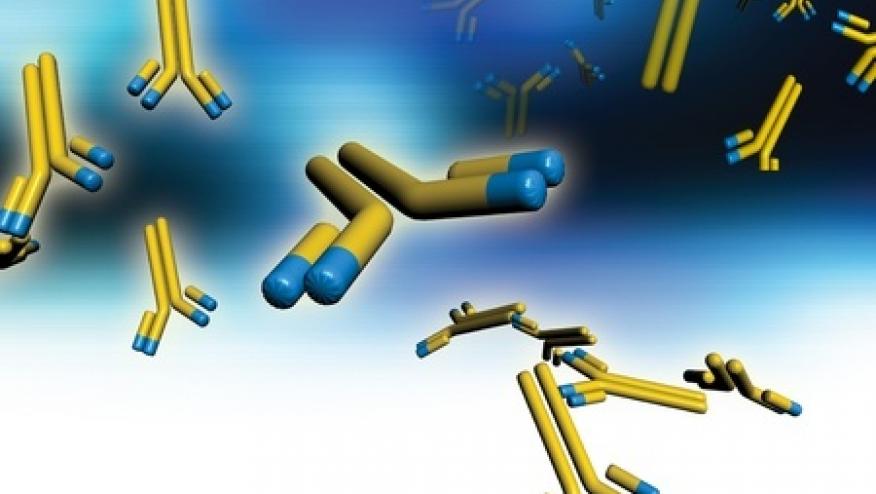Autoimmune Disease Clustering at ENDO 2019 Save

A twin registry database study was presented at the Endocrine Society's annual meeting (ENDO 2019) in New Orleans, showed that that having autoimmune disease significantly increases the risk of other autoimmune disorders and that autoimmune clustering was highest in Addison's disease and vitiligo.
Skov and his co-workers also looked at the likelihood of both twins in a pair having different autoimmune diseases -- which they named "pseudoconcordance" -- and compared these rates to measure autoimmune clustering.
Investigators from the Karolinska Institute set out to study heritability and overlap between seven autoimmune diseases known to cluster. Using twin studies they identified autoimmune diseases that tend to cluster, knowing that concordance rates would be higher in monozygotic than in dizygotic twins.
Their study of 116,320 twins from the Swedish Twin Registry found that Addison's disease, Celiac disease, and type 1 diabetes, are strongly influenced by genes with heritability greater than 85 percent. For example, the probandwise concordance rates ranged from 0.71 in monozygotic twins (MZ) with Addison’s disease to 0 in dizygotic twins (DZ) with Addison’s disease and vitiligo.
They believe that environmental factors contribute to a lesser risk in Hashimoto's hypothyroidism, vitiligo, Graves' disease and atrophic gastritis
In the context of the seven autoimmune disorders studied, the authors fels that the probandwise concordance rates for individual diseases underestimate the burden of autoimmunity and that the genetic influence on disease occurrence for individual disorders is high.










If you are a health practitioner, you may Login/Register to comment.
Due to the nature of these comment forums, only health practitioners are allowed to comment at this time.